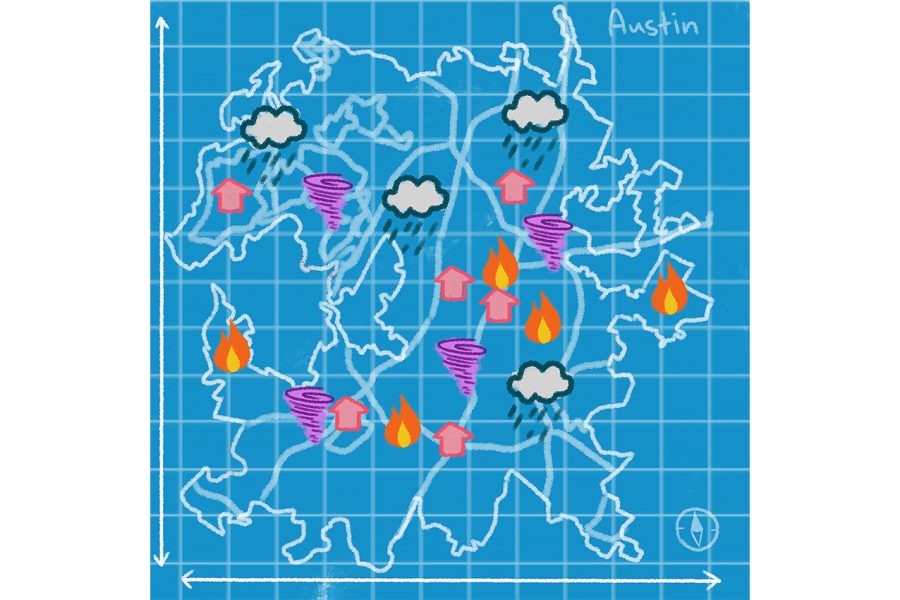Mother nature is officially a Beyonce fan: From trees to fish, if she likes it, she puts a ring on it.
For centuries, trees’ rings have been a measure of climate conditions used to study rates of change in the environment. Although associate professor Bryan Black was originally trained as a forest ecologist, he took a chance when he joined Oregon State University to study growth rings in fish.
“I had no idea, but evidently some fish live for a very long time and have annual growth increments like trees do,” Black said. “I thought it was interesting and decided to apply, and I wondered if tree ring techniques would work in the marine system the same way we use tree rings to address the terrestrial system.”
Since then, Black has set up networks of fish chronology with the University of Texas Marine Science Institute along the west coast of North America to understand the drivers of fish productivity, which is the amount of living biological organisms in the area.
“There are relatively few long records of biological processes in the ocean because it’s so difficult and expensive to repeatedly measure,” Black said. “These fish chronologies provide a sort of short cut where we have these long-living organisms than can develop 70-year histories of growth in these marine systems.”
The North Pacific High, a high pressure system in the North Pacific, is responsible for upwelling systems on coasts and drought conditions on land. Upwelling brings nutrient-rich water to the surface, feeding phytoplankton and increasing productivity. A stronger North Pacific High is linked to more upwelling and a productivity boom, while a weaker North Pacific High is linked to less upwelling and a productivity bust.
“We noticed that the North Pacific High seemed to be getting more variable over time, and that the fluctuations between high and low positions were becoming greater and greater,” Black said. “We could also cross-reference this with physical records where we see upwelling, precipitation, river discharge, and records of sea levels are all variable.”
This variability is also affecting biology, which is important because extreme events can cause disproportionately severe effects on different aspects of an ecosystem that can then take a long time to recover, according to Black.
“If the variability increases, that means the potential for ecological catastrophe is higher,” said Emanuele Di Lorenzo a professor at the Georgia Institute of Technology and researcher in the study. “The changes in climate variability are impacting the resilience of these ecological systems, which means this study can change the way long-term variability is viewed in the study of climate change.”
As variability increases, the surrounding landscape becomes more synchronous, or homogeneous. This creates a less diverse and a more destabilized portfolio of environmental responses, and the effect of this variability grows. For example, according to Black, the North Pacific High has the potential to cause severe drought, and the effect of the North Pacific High is greatly expanded as its variability increases, affecting landscapes that would otherwise go unaffected.
“Rising variability in the North Pacific High is linked to variability in the tropics, as well as the El Niño Southern Oscillation, which has been variably increasing in the 20th century,” Black said. “This is just one of many examples of rising variance with an energetic and global impact.”
Changes in the North Pacific High appear to come from the rising variability of the tropics, and these changes could potentially have larger implications.
“I’m curious to see whether similar patterns will be seen in the south Pacific, and if this is a broader phenomenon,” Black said. “Because of the power of patterns in the tropics, this might cause ecosystems all over the globe to become more and more synchronous.”















